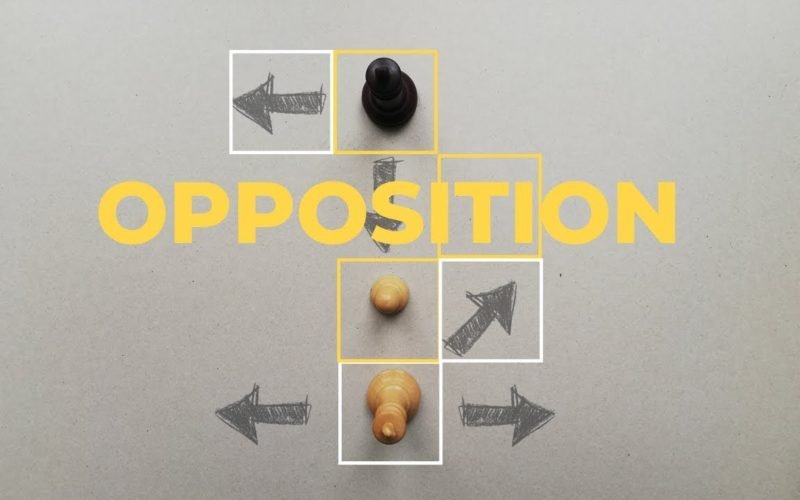The opposition occurs when the two kings are facing each other either vertically or horizontally with an odd number of squares between them. The side that doesn’t have to move has the opposition.
Chess endgames are exact, precise and have to be the basis of every player’s studies. As opposed to openings or the middlegame, there are specific rules which you simply have to follow in order to win (or draw). If you don’t develop your knight before your bishops in the opening, as the principle demands, nothing is going to happen. There are plenty of openings which neglect classical principles. But, if you fail to keep the opposition in a pawn ending, or misplay the Lucena position, you are in trouble! In fact, you lose immediately! That is why the endgame should be the starting point and and a part of your study which you devote a lot of time to.
The good thing about studying chess endgames is that the lessons are almost finite. That means that there is a set number of main principles, rules and positions which you have to learn, which you can then apply to most endgames which actually happen in your games. This cannot be said of the middlegame, and neither of the opening, since in them your opponent has a say! In the endgame, the rules are set, and often there are only moves which you and your opponent are going to have to find. That means that whoever has the bigger endgame knowledge base in his mind has a huge advantage. Endgames are won at home!
In this series, I will cover all major chess endgame types, and I will include more than enough examples in each chapter. I will be covering pawn, bishop, knight, rook and queen endgames, and all of their combinations. All together the series will be comprised of more than 50 videos.
For the introductory video I chose to cover the opposition, the most important of all chess principles without which you cannot comprehend the more complex types of endgames which happen in real games.
The opposition is what the endgame revolves around, and, no matter which pieces are still left on the board, you can bet that a strong player is considering his king position, the queening squares and whether he can get the opposition or not. Knowing endgame principles such as the opposition or the rule of the square saves you time during a game, and you basically know what to look for in an endgame if you already know what you have to achieve.
To practice the opposition, my advice would be to set up a simple position king and pawn versus king on the board (random squares!) and try to win it with one color and then draw with black. Devote time to it and try to come to a conclusion like: “If it’s white to play it’s drawing.”, or “If it’s black to play, black loses.” After you have concluded and are sure you are correct, put the position on an engine and see what it says. After twenty exercises like that, you will be the master of opposition!
If you would like to support the channel and my quest to chess improvement, you can donate here: https://www.paypal.me/HangingPawns
Any support is greatly appreciated! Thank you! The next tournament abroad I plan to play is at the start of July in Slovenia.
Thank you for the support so far!
Eetu H., Mark S., Dan O., Robert C., Richard S., Gregory Y., Jakub S., Francisco R., Simon F., Ken A., Debbie and Brian T., Philip D., Alexandre M., Pascal S., Daniel N.
#chess

